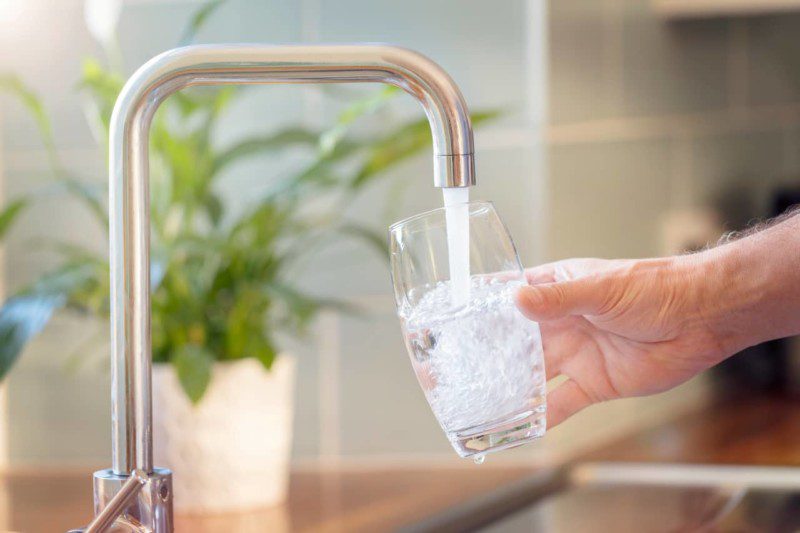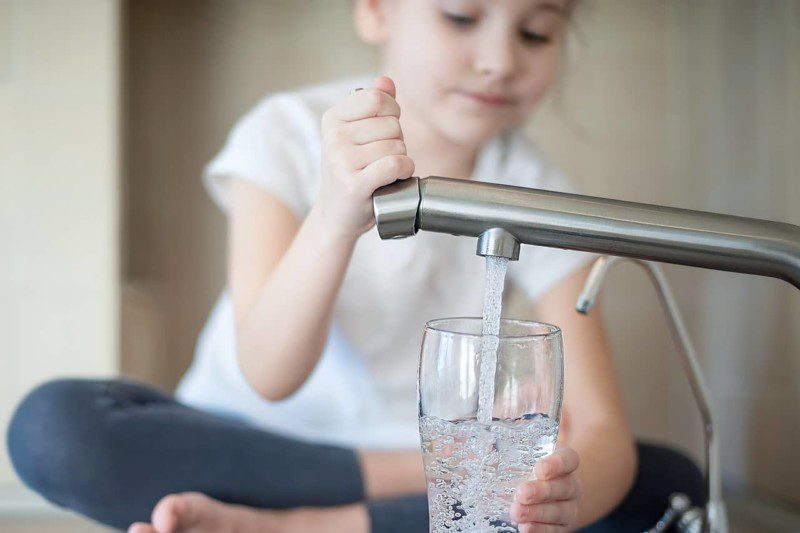A famous phrase reads: ‘health is wealth.’ Your body is a temple that you have to maintain with utmost care. Health should be your prime concern, and you should be conscious of it. To keep yourself healthy, you should be aware of the things going into your body. For instance, drinking water is one of the most vital commodities that humans consume daily. So, maintaining its cleanliness and quality is necessary to avoid health issues.
In a report by the World Health Organization (WHO), unsafe drinking water, sanitation, and handwashing cause the deaths of 829,000 people each year. Of these deaths, 297,000 are children under five years old. So, it’s crucial to ensure that everything we consume is safe and clean to avoid these problems.
Cleanliness is the mother of all virtues, and there are many ways to keep drinking clean water. To ensure your water is safe for drinking, you need to adopt the following methods:
1. Water Filter Solution
A water filter is an ideal way to maintain your water’s cleanliness. They’re usually made of activated carbon or a combination of carbon and other materials, such as quartz or ceramics. They’re used as a point-of-use device or centralized system.
The water filter removes chemicals, odors, tastes, and other contaminants like microorganisms from water. When you’re looking for a filter that removes unwanted particles and chemicals from your water, you should consider the cost of the filter, the size and materials used for the filter, how long it takes to remove the particles and chemicals, and how much water it can hold.
For a water solution, you need the water filter to be durable and long-lasting. You also want the filter to be easy to use and clean. Check the brand of your water filter and make sure it’s made from durable materials that will last for years.
2. Ultraviolet Light Purifier
Ultraviolet light purifiers emit ultraviolet light to kill bacteria, viruses, and other microorganisms in drinking water. They’re beneficial for eliminating harmful organisms from stagnant or contaminated water sources. They will make your drinking water safe by killing pathogens, thus avoiding the risk of contracting a disease from contaminated water.
U.V. light purifier usage is ideal for people who drink water directly from lakes, rivers, and other natural sources. They’re powered by a battery or electricity, making them ideal when power isn’t available. They’re also portable, affordable, and easy to operate.
3. Applying Disinfectants
Two types of disinfectants are used for water treatment. These include chlorine and ozone.
Chlorine is a very common disinfectant found in many household cleaning products. It’s a potent oxidizing agent that can kill organisms by disrupting the cell walls or interfering with their metabolism. It’s a powerful disinfectant that can kill bacteria, viruses, and other microorganisms. As part of the filtration process, it’s a suitable method to treat drinking water.
Ozone is another type of disinfectant that can be used for water treatment and purification purposes. Ozone is created by passing oxygen through an electrical discharge or corona discharge. It’s very effective for treating water with high levels of iron and manganese and reduces bacteria, viruses, and other microorganisms in drinking water.

4. Water Cooler
A water cooler or dispenser is perfect for anyone who wants to drink clean and fresh water free of contaminants and other impurities. It’s a small appliance that allows you to make and store your drinking water. It works by purifying tap water and storing it in an air-tight tank.
They’re convenient, easy to maintain, and can be used in various bottle sizes. They also provide the convenience of having filtered water at your fingertips. Most people need to realize that they drink more than just water from the tap. They also consume contaminants left behind after the filtration process.
What the water cooler will do is filter out any impurities and chemicals that may be present in your tap water. It includes fluoride, chlorine, and other additives added to local water supplies. It also removes lead from the pipes that supply your drinking water. It’s one of the best ways to preserve your water.
Conclusion
There are several ways to maintain water quality. The most important thing is to be aware of what is in your water and to take steps to filter it out. That said, many different filters are used in different situations, so make sure you choose the right one for your home.
There are also many different types of disinfectants available on the market today. These products come from tablets or liquid solutions that can be added directly to your water supply or applied directly onto surfaces where bacteria may grow. Be sure to choose a safe product.





